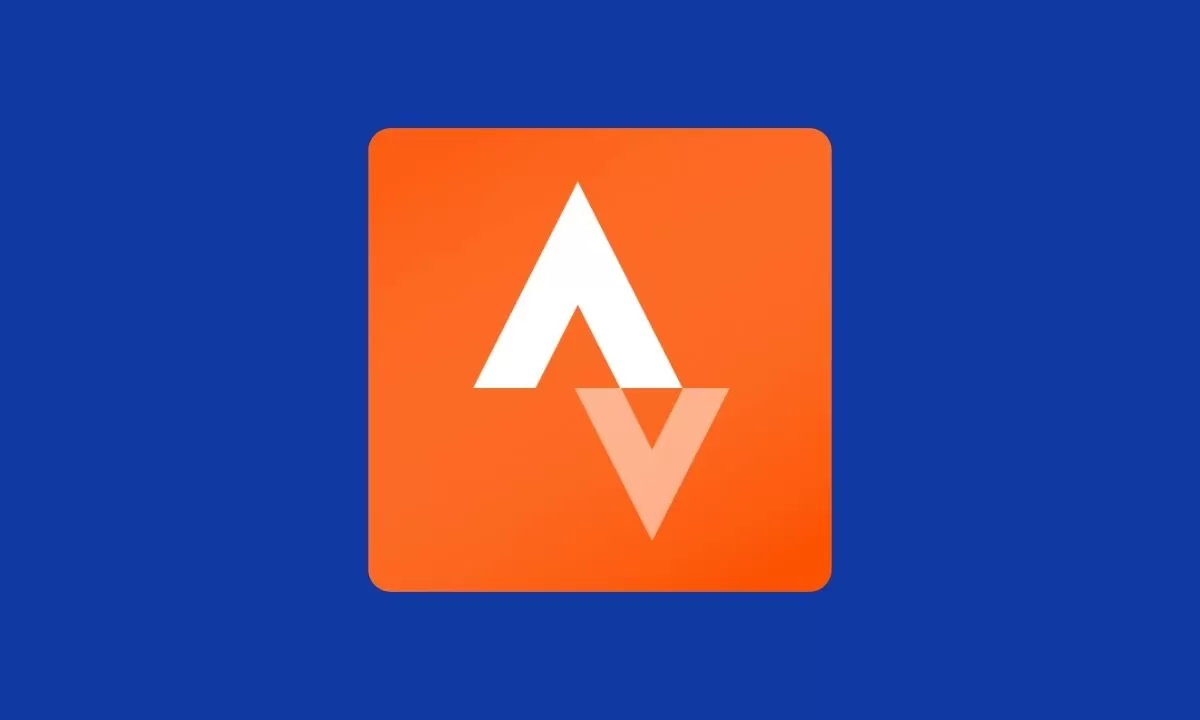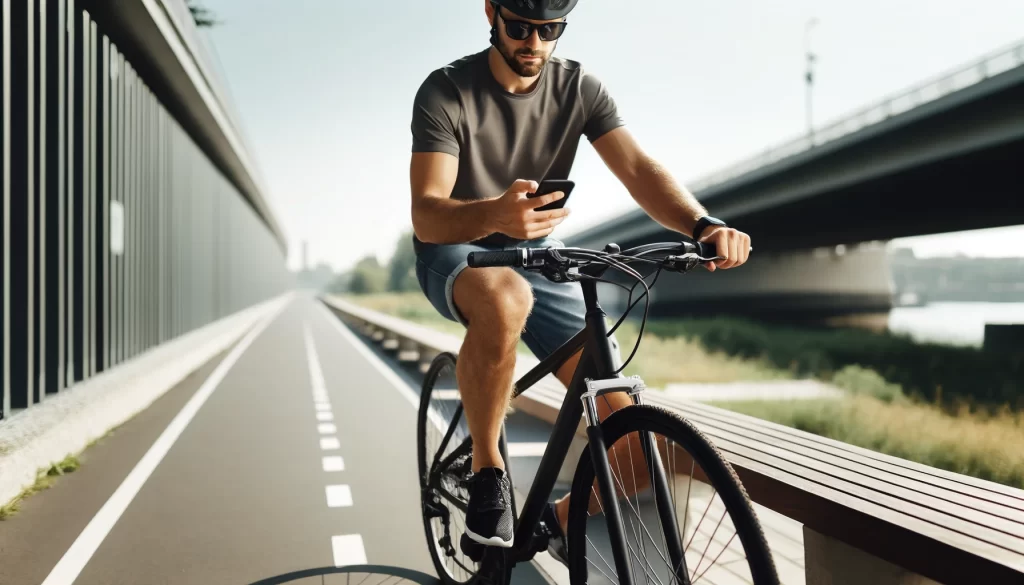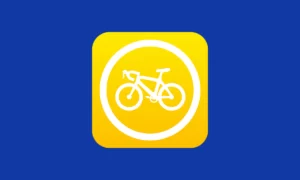The Strava App has revolutionized the way cyclists track their rides, connect with peers, and push their limits. Whether you’re a seasoned rider aiming to refine your performance or a newcomer eager to explore the roads, Strava provides a platform that transforms every pedal stroke into meaningful data and social interaction.
As cyclists, we often seek motivation and progress, and Strava meets these needs by offering detailed insights into our rides and a community that celebrates each achievement, no matter the size.
Diving deeper into this app will reveal just how Strava stands apart in enhancing your cycling experience. With its user-friendly interface, extensive feature set, and vibrant community, the app not only tracks your rides but also inspires you to reach new heights.
By fostering a competitive yet supportive environment, Strava encourages cyclists to set goals, participate in challenges, and compare their performance with others. Continue reading to discover how Strava can transform your cycling sessions into more than just exercise, making them a connected and rewarding part of your lifestyle.

Image Source: Strava App
Main Features of Strava for Cyclists
Strava is a popular fitness tracking app that offers a variety of features tailored for cyclists. The app allows users to record their rides, analyze performance, and compare with others. Key features include detailed GPS tracking, which maps out routes and records speed, distance, and elevation. Strava’s Segment feature lets cyclists compete on specific parts of their routes.
The app also integrates with various cycling hardware for enhanced data accuracy. Social features enable cyclists to connect with friends, join clubs, and participate in challenges, fostering a sense of community and motivation.
Tips on Utilizing Strava’s Features for Cyclists:
- Record Every Ride: Always start your Strava app before you ride to capture all your data.
- Explore Segments: Use the Segment Explorer to find popular routes and test your limits.
- Analyze Your Performance: Regularly check your ride analytics to see where you can improve.
- Join Challenges: Engage with community challenges for motivation and to push your limits.
- Connect Devices: Sync Strava with your cycling computer or smartwatch for more detailed data.
Downloading and Setting Up Strava to Optimize Cycling Training
To get the most out of your cycling training with Strava, it’s crucial to properly download and set up the app. First, download Strava from your smartphone’s app store and create an account. During setup, personalize your profile with details such as weight and the bike type, as these affect calorie burn and effort metrics.
Configure your privacy settings according to your comfort. Connect Strava to any compatible devices like heart rate monitors or power meters for enriched training data. Finally, explore the app’s settings to tailor notifications, display preferences, and training goals to your needs.
Steps to Optimize Cycling Training with Strava:
- Download and Install: Get Strava from the iOS App Store or Google Play Store.
- Create an Account: Follow the prompts to set up your cyclist profile.
- Personalize Settings: Input accurate personal data for precise metrics.
- Connect Devices: Pair Strava with your cycling gadgets for in-depth data capture.
- Set Goals: Use Strava’s goal-setting features to define and track your training objectives.
- Explore Training Plans: Consider subscribing to Strava Summit for advanced training plans and analytics.
Integration of Strava with Other Cycling Technologies and Accessories
Strava seamlessly integrates with a wide range of cycling technologies and accessories, enhancing the cycling experience and data accuracy. It supports GPS cycling computers, smartwatches, and power meters, collecting comprehensive data from these devices.
This integration allows cyclists to track heart rate, cadence, and power output in real-time. Strava is also compatible with indoor cycling platforms like Zwift, which helps in syncing virtual rides with real-world performance stats. Additionally, Strava connects with health apps on smartphones to consolidate fitness data, providing a holistic view of a cyclist’s health and fitness.
Tips for Integrating Strava with Cycling Technologies and Accessories:
- Choose Compatible Devices: Ensure your gadgets are compatible with Strava for smooth data synchronization.
- Use Smart Connections: Leverage ANT+ or Bluetooth for real-time data transfer from devices to Strava.
- Sync with Indoor Trainers: Connect Strava with platforms like Zwift to track indoor training sessions.
- Consolidate Health Data: Link Strava with your phone’s health app to monitor overall fitness progress.
- Regular Updates: Keep both your devices and Strava app updated for optimal performance and new features.
Challenges on Strava: Motivation and Competition Among Cyclists
Strava Challenges are a core feature designed to motivate cyclists and foster competition. These challenges vary from short sprints to month-long endurance tests, allowing cyclists of all levels to participate.
By joining challenges, cyclists can set personal goals, earn achievements, and even win prizes. These challenges also enable cyclists to compare their performance with others globally, creating a competitive yet supportive environment. The social aspect of Strava Challenges helps build a community of like-minded individuals who push each other to improve.
Steps to Engage with Challenges on Strava for Motivation and Competition:
- Browse and Join Challenges: Regularly check the Challenges tab on Strava to find and join ones that interest you.
- Set Personal Goals: Use challenges as milestones to push your limits and achieve personal bests.
- Track Progress: Monitor your activity against challenge requirements directly in the app.
- Share Achievements: Post your challenge achievements on Strava and social media to inspire others and receive support.
- Engage with the Community: Comment on and give kudos to fellow cyclists’ posts to foster camaraderie and motivation.
Strategies to Improve Your Ranking on Strava
Improving your ranking on Strava involves a blend of consistent training, strategic planning, and smart use of the app’s features. To start, focus on consistency in your cycling sessions to build endurance and strength. Frequent and regular rides contribute to better fitness and improve your chances of achieving top times on segments.
Additionally, analyze your past performances using Strava’s detailed analytics to identify areas for improvement such as speed, cadence, and power output. Optimizing your route selection can also play a crucial role; choose segments that play to your strengths and where competition is less fierce to increase your chances of becoming a local legend or segment leader.
Furthermore, leverage Strava’s social and competitive features by engaging with the community. Join clubs and participate in challenges that align with your training goals to stay motivated and push your limits. Observing the strategies and routes of top performers on leaderboards can provide insights into effective cycling techniques and routes that might offer the best times.
Timing your rides can also be strategic; for example, riding during less busy times can lead to less traffic and a clearer path, potentially improving your segment times. With a combination of strategic training, community engagement, and smart riding, you can climb the ranks on Strava.

Image Source: Image Generated With DALL-E on ChatGPT
How Strava Can Aid in Preparation for Cycling Competitions
Strava is an invaluable tool for cyclists preparing for competitions due to its comprehensive training features and community insights. The app’s ability to track detailed metrics such as pace, elevation, heart rate, and power output allows cyclists to tailor their training to specific competition demands.
For instance, if a race involves a lot of climbs, using Strava’s elevation data can help in focusing training sessions on similar terrain. Furthermore, the Segment feature allows cyclists to practice on exact sections of a race course (if available on Strava), or similar terrain, helping them to strategize their energy expenditure and pacing for race day.
Additionally, Strava’s social features can significantly boost a cyclist’s competitive preparation. By following and competing with other cyclists who are also preparing for the same events, users can gauge their fitness level and progress. The motivational aspect of seeing others’ training logs and achievements can spur cyclists to push harder in their own preparations.
Moreover, many cycling events create official Strava segments and challenges pre-event, which can serve as virtual recon missions and provide cyclists with a feel of the competition ahead of time. This community-driven approach not only prepares cyclists physically by honing their training but also mentally prepares them by fostering a competitive yet supportive environment.
Frequently Asked Questions About the Strava App for Cyclists
1. How does Strava track my cycling activities? Strava uses GPS technology to track your cycling routes, speed, distance, and elevation. When you start an activity on Strava, the app begins recording data through the GPS in your phone or connected device.
2. Can Strava be used with indoor cycling equipment? Yes, Strava can be synced with most indoor cycling platforms like Zwift or TrainerRoad. This allows your indoor cycling sessions to be recorded and analyzed just like outdoor rides.
3. What are Strava Segments and how do they work? Strava Segments are specific portions of road or trail where cyclists can compete for the fastest time. These segments are created by users and the app automatically compares your time against others who have ridden the same segment.
4. Is there a cost to use Strava? Strava operates on a freemium model. The basic version is free and offers activity tracking, social features, and participation in community challenges. A premium subscription, known as Strava Summit, offers additional analytical tools, deeper metric insights, and personalized coaching options.
5. How can I improve my Strava rankings? Improving your Strava rankings involves consistent training, exploring and targeting less competitive segments, and utilizing Strava’s full suite of analytics to understand and enhance your performance.
6. How does Strava ensure my privacy and safety? Strava provides several privacy settings that allow users to control who can see their activities and locations. Features like ‘Privacy Zones’ can obscure the start and end points of your rides to ensure your specific location remains private.
In conclusion, the Strava app is a powerful tool for cyclists of all levels, from casual riders to serious competitors. It not only helps in tracking and improving your cycling performance through detailed metrics and comparisons but also connects you with a global community of cyclists.
The ability to compete against others, set personal goals, and view progress over time provides an additional layer of motivation that can make cycling more engaging and fulfilling. Whether you’re preparing for a race or simply looking to improve your fitness, Strava offers both the community support and the analytical tools needed to elevate your cycling experience.
Did you like this article? Discover other articles related to applications for cyclists here. Or check out more related articles below.






